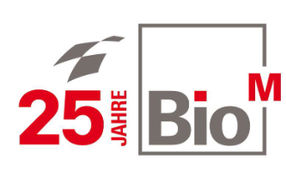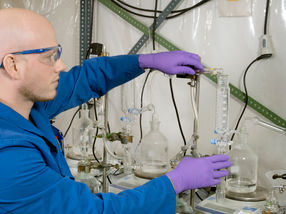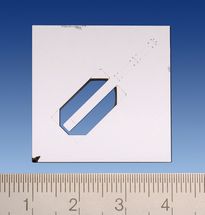Chromium (VI) in leather clothing and shoes problematic for allergy sufferers
BfR recommends strictly limiting levels in leather goods
Studies by the regulatory authorities of the federal states reveal that many leather goods like gloves, shoes or watch straps which come into direct contact with the skin contain high levels of chromium (VI). Hexavalent chromium is a strong allergen and it can lead to allergic skin reactions like contact eczema in sensitised individuals. The substance was detected in more than half the leather goods examined. In one sixth of the leather goods tested the levels were higher than 10 milligram per kilogram leather. The only way of preventing allergic reactions is for allergy sufferers to avoid any contact with leather goods that contain chromium (VI).
It has been common knowledge for some time now that chromium (VI) can trigger allergies. Clothing which has direct skin contact should not, therefore, contain any chromium (VI). At the present time the chromium content of leather goods has not been regulated by law apart from industrial safety provisions. In 2006 a DIN standard stipulated that the chromium (VI) levels in work gloves must be below the detection limit. It is currently around three milligrams releasable chromium (VI) per kilogram leather.
The regulatory authorities of the federal states examined the chromium (VI) levels in leather goods between 2000 and 2006. Chromium (VI) was detected in more than half of the 850 samples; in one sixth the levels were even higher than 10 mg per kilogram leather. The leather goods contaminated with chromium (VI) also included items of clothing worn next to the skin, for instance gloves or shoes but also leather watch straps. BfR is of the opinion that the chromium (VI) levels identified in the leather could trigger allergic skin reactions in sensitive individuals.
Special tanning processes are used to introduce the chromium (VI) into the leather hides. Normally, chromium (III) sulphate is used as the tanning agent in this process. Chromium (VI) either appears as an impurity in the tanning substance or it is formed through oxidation from chromium (III) in the ensuing processing stages. There are methods available which can considerably reduce the chromium levels in the leather or even completely remove the chromium (VI). Chromium-free tanning methods are another option. The study by the regulatory authorities of the federal states showed that there were also products in each of the groups examined that did not contain any chromium.
As no indication is given of the method used to tan the leather product, the consumer cannot tell whether the product contains chromium (VI) or not. BfR, therefore, believes that leather goods that come into contact with skin should not, if possible, contain any chromium (VI). At the very least, the levels should be reduced as far as possible. At the present time, the analytical detection limit is approximately 3 mg per kg leather. The studies by the regulatory authorities and the standard for work gloves prove that this limit can be complied with by using the corresponding technologies. On the other hand, mandatory declaration could help allergy sufferers to consciously avoid purchasing products containing chromium (VI).
Other news from the department politics & laws

Get the analytics and lab tech industry in your inbox
By submitting this form you agree that LUMITOS AG will send you the newsletter(s) selected above by email. Your data will not be passed on to third parties. Your data will be stored and processed in accordance with our data protection regulations. LUMITOS may contact you by email for the purpose of advertising or market and opinion surveys. You can revoke your consent at any time without giving reasons to LUMITOS AG, Ernst-Augustin-Str. 2, 12489 Berlin, Germany or by e-mail at revoke@lumitos.com with effect for the future. In addition, each email contains a link to unsubscribe from the corresponding newsletter.













































